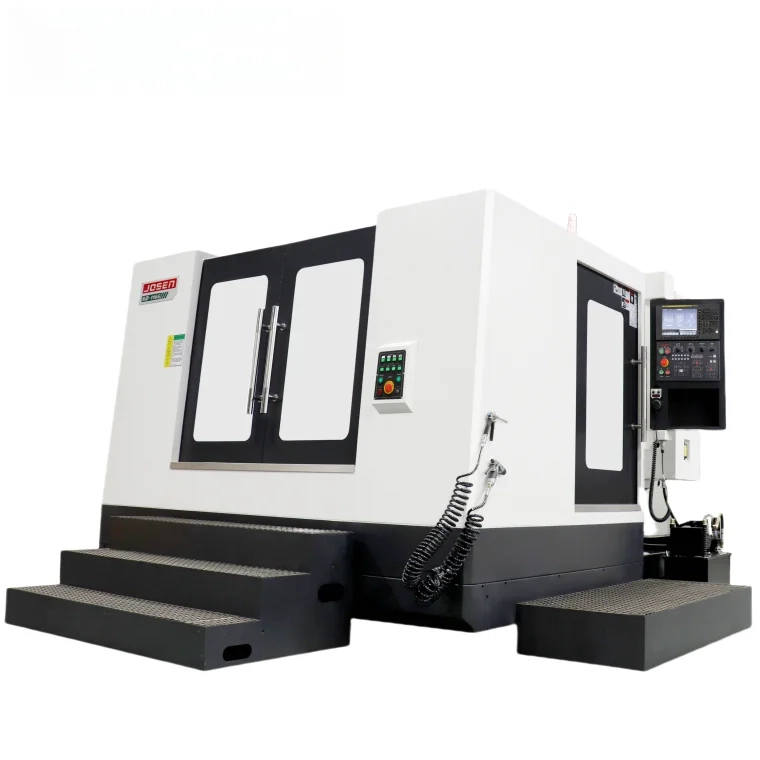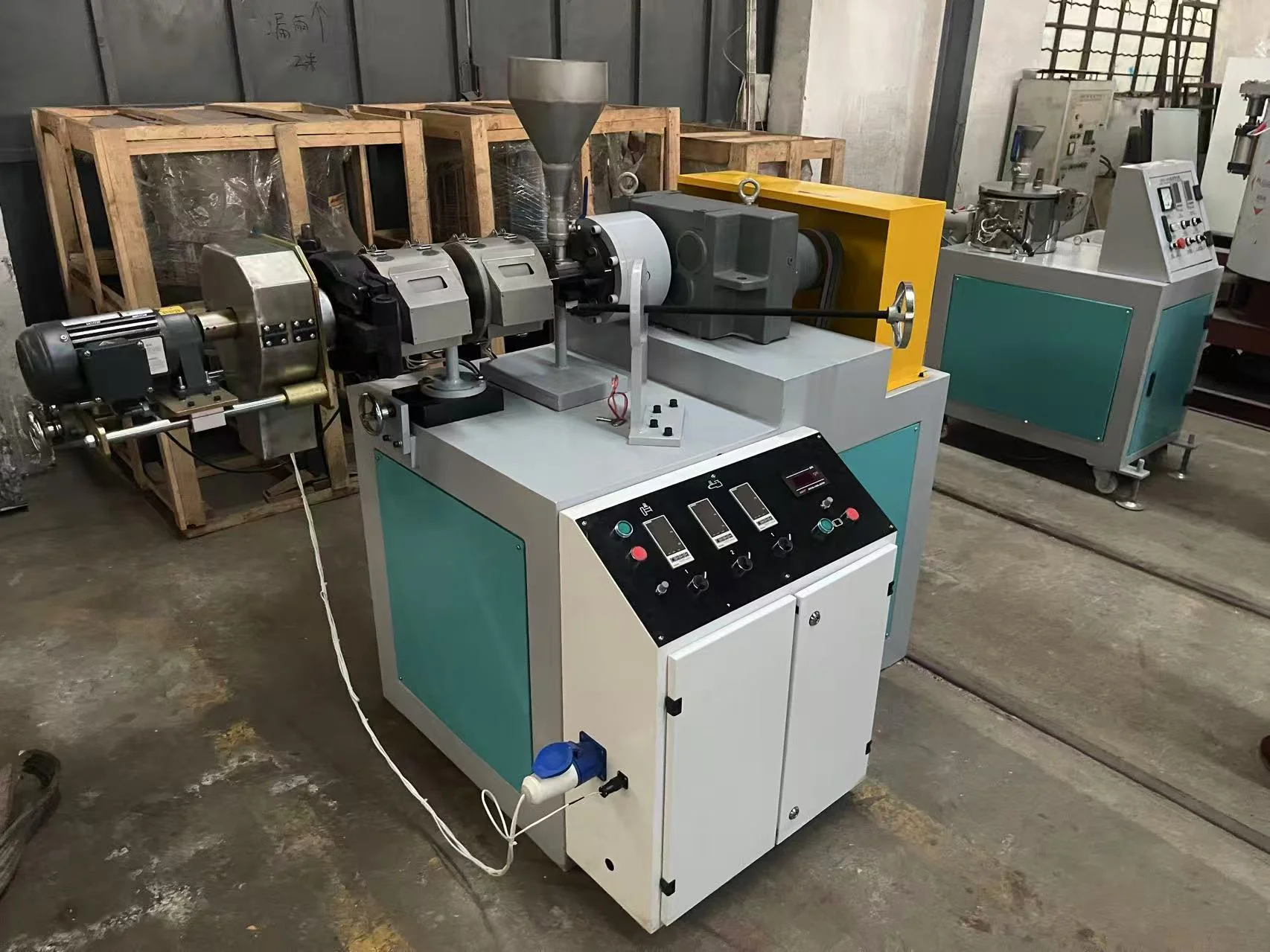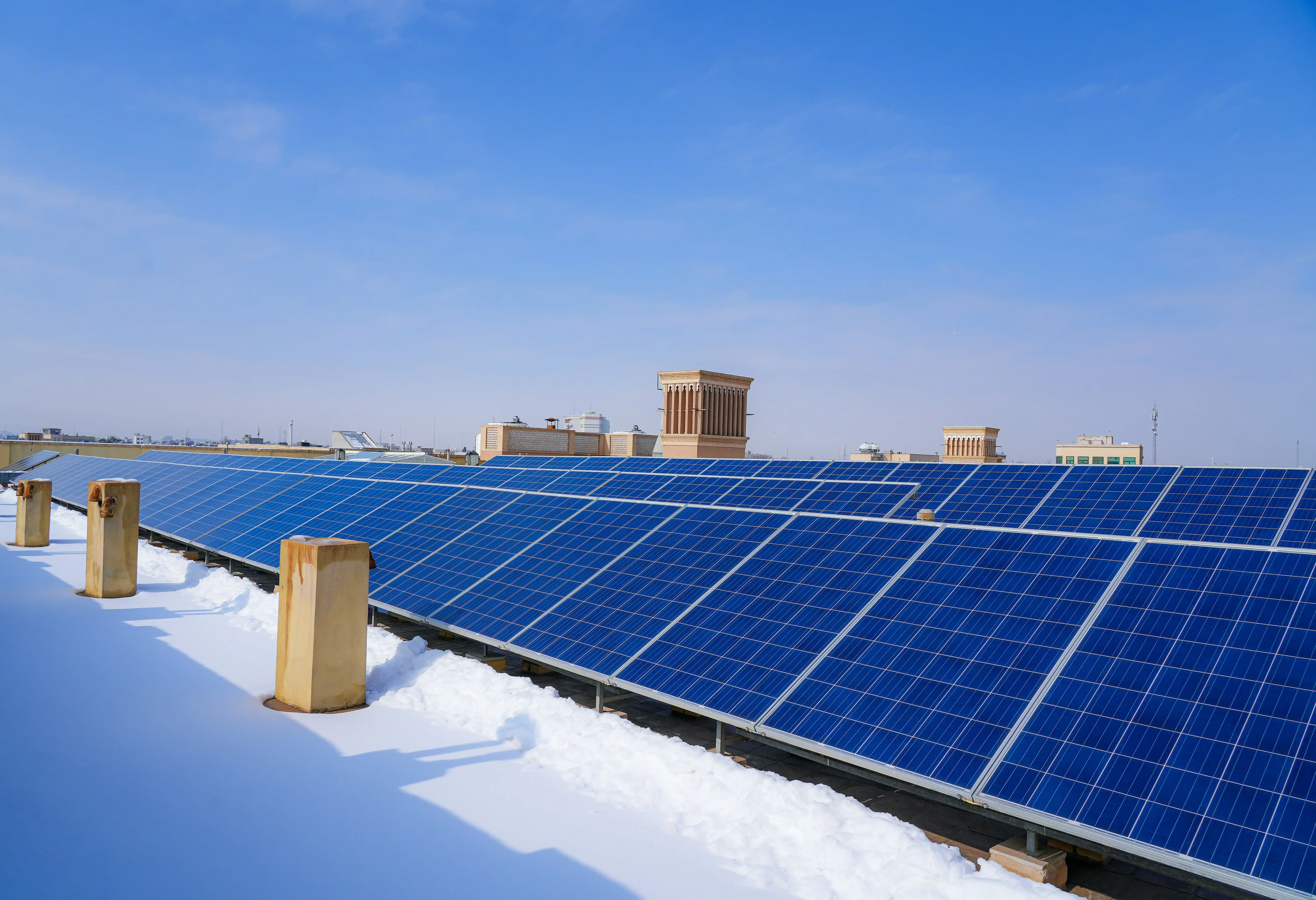Infrared heating has gained popularity in recent years as an energy-efficient alternative to traditional heating methods. While it offers several advantages, such as quick heat-up times and lower energy consumption, it is essential to consider the potential disadvantages that may affect its suitability for various applications. This article delves into the less-discussed drawbacks of infrared heating, providing a nuanced understanding for homeowners, businesses, and industry professionals.
- Limited Heating Range
One of the primary disadvantages of infrared heating is its limited range. Unlike conventional heating systems that warm the air in a room, infrared heaters emit radiation that directly heats objects and people within their line of sight. This means that the effectiveness of infrared heating diminishes with distance. In larger spaces, multiple units may be required to achieve uniform heating, which can lead to increased installation and operational costs.
- Dependency on Direct Line of Sight
Infrared heating relies heavily on direct line of sight for optimal performance. Objects or furniture placed between the heater and the area to be heated can obstruct the infrared rays, resulting in uneven heating. This characteristic can be particularly problematic in rooms with complex layouts or where furniture arrangements frequently change. Homeowners and businesses must carefully consider the placement of infrared heaters to ensure maximum efficiency, which can complicate installation.
- Potential for Skin Dryness and Discomfort
While infrared heating is often praised for its ability to create a comfortable environment, it can also lead to skin dryness and discomfort. The direct heat emitted by infrared heaters can cause moisture to evaporate from the skin, leading to dryness and irritation, especially in individuals with sensitive skin. This effect can be exacerbated in dry climates or during winter months when indoor humidity levels are already low. Users may need to invest in humidifiers to counteract this issue, adding to the overall cost of maintaining a comfortable environment.
- Initial Investment and Installation Costs
Although infrared heating systems can lead to lower energy bills over time, the initial investment can be significant. High-quality infrared heaters can be more expensive than traditional heating systems, and installation costs can vary depending on the complexity of the setup. Additionally, if multiple units are required to heat larger spaces effectively, the upfront costs can quickly escalate. For budget-conscious consumers, this initial financial burden may deter them from adopting infrared heating solutions.
- Energy Source Limitations
Infrared heaters can be powered by electricity, gas, or other energy sources, but the efficiency and environmental impact can vary significantly depending on the energy source used. For instance, electric infrared heaters may lead to higher electricity bills, particularly in regions where electricity costs are high. Conversely, gas-powered infrared heaters may not be as environmentally friendly, depending on the source of the gas. Consumers must carefully evaluate their energy options and consider the long-term implications of their choice.
- Safety Concerns
Safety is another critical consideration when it comes to infrared heating. While modern infrared heaters are designed with safety features, there is still a risk of burns if the heater is touched directly. This is particularly concerning in households with children or pets. Additionally, improper installation or placement of infrared heaters can lead to fire hazards. Users must adhere to safety guidelines and ensure that heaters are installed in accordance with manufacturer recommendations to mitigate these risks.
- Noise and Aesthetic Considerations
While infrared heaters are generally quieter than traditional heating systems, some models can produce a noticeable hum or buzzing sound, particularly when operating at higher settings. This noise can be distracting in quiet environments, such as bedrooms or offices. Furthermore, the aesthetic appeal of infrared heaters varies widely. Some models may not blend well with existing decor, leading to potential dissatisfaction among users who prioritize design alongside functionality.
Conclusion
Infrared heating presents a range of benefits, including energy efficiency and rapid heating capabilities. However, it is crucial to weigh these advantages against the potential disadvantages outlined in this article. From limited heating range and dependency on direct line of sight to safety concerns and initial investment costs, understanding these drawbacks can help consumers make informed decisions about their heating solutions. As with any technology, thorough research and consideration of individual needs and circumstances are essential for achieving optimal comfort and efficiency in any space.



More Stories
Performance, Application Scenarios and Selection of External Panel Materials for Outdoor Mobile Shelters
5 Game-Changing Tips to Supercharge Your Home Theater with a Universal Projector Remote
High-Efficiency Automotive Power MOSFETs Optimized for Electric and Hybrid Vehicles’ Powertrain Systems